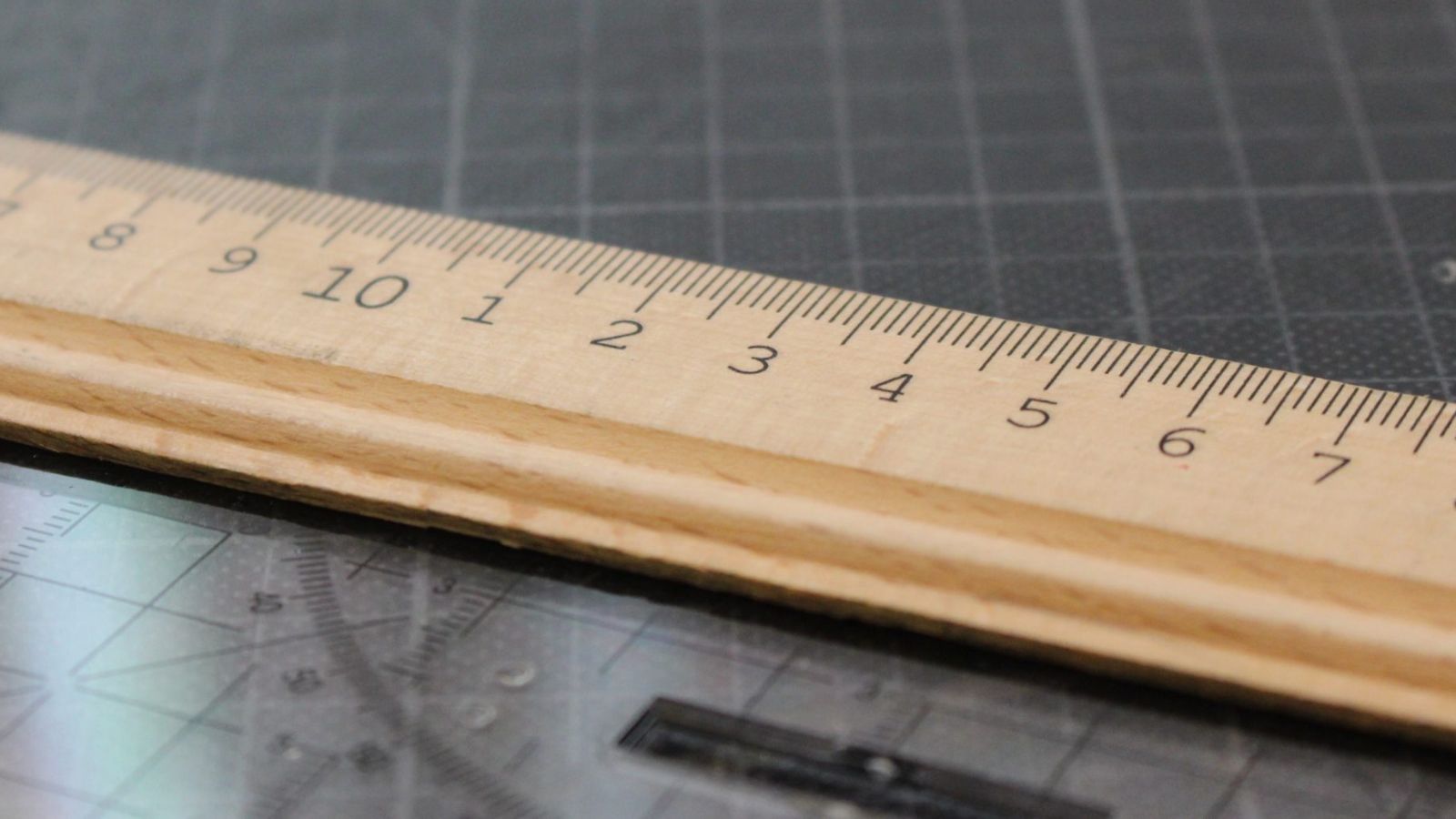Blog5 min read
Rhythm basics: beat, measure, meter, time signature, tempo
How many beats are in a measure? What's the difference between meter and time signature? Learn the basics of rhythm with our Rhythm 101.

What counts as a beat (literally)? What's the difference between tempo and time signature? What even is a meter? What’s the difference between 6/8 and 3/4? Here are the Rhythm Basics you need to know.
The Ruler Analogy
If you could map out a piece of music onto a ruler of time (so the length of the music in time corresponds to the physical length of the ruler), the beats would be the units of measurement on the ruler, forming the foundation of rhythm basics.
Music is made up of notes of different lengths (that’s how we have rhythm), and we measure the length of notes in beats.
We have different symbols and names for these different lengths of notes:

(There are two measures here. The line that separates each measure is a barline.)
Understanding Measures
Think of a measure as a container of a fixed amount of beats. You might have heard bands starting a song with the drummer shouting, '1, 2, 3, 4!' This is because their container has 4 beats, and the drummer counting in is therefore giving the band one whole measure to prepare. If you’re learning to read music, this is what measures look like:

(There are two measures here. The line that separates each measure is a barline.)
Time Signatures Explained
To illustrate further, going back to the ruler analogy, it’s similar to how one foot has a fixed amount of twelve inches, or how one centimeter has a fixed amount of ten millimeters, both fundamental concepts in rhythm basics. But in music, this fixed amount of beats is changeable, and it is determined by the time signature. You’ll spot the time signature at the beginning of the music - it’s two numbers stacked vertically.
The top number tells you how many beats there are in one measure.
The bottom number tells you what kind of note is considered one beat.

In the first example, the bottom number is 2, which means one-half note is considered one beat. Additionally, the top number is 3, indicating that one measure has three half-note beats. Each Time Signature can be classified as a certain meter.
A meter is a specific pattern of strong and weak pulses - or, you can think of it as the rhythmic feel of the music. In addition, there are two types of meter: simple and compound. In a simple meter, the beat is divided into two notes; in a compound meter, the beat is divided into three.
They'll feel like this:
Simple Duple: ONE and TWO and (2/2, 2/4, 2/8, etc.)
2. Simple Triple: ONE and TWO and THREE and (3/2, 3/4, 3/8, etc.)
3. Simple Quadruple: ONE and TWO and THREE and FOUR and (4/2, 4/4, 4/8, etc.)
4. Compound Duple: ONE and a TWO and a (6/8), or ONE two three FOUR five six (6/4)
5. Compound Triple: ONE and a TWO and a THREE and a (9/8, etc.)
6. Compound Quadruple: ONE and a TWO and a THREE and a FOUR and a (12/8, etc.)

Exploring Complex Meters
(6/8 and 3/4 both have 6-eighth notes in a measure, and they have distinctly different feels.)
Moreover, as you delve into rhythm basics, meters can get pretty complex—you can have a compound quintuple meter (15/8), or even a Mixed Meter where the meter changes every measure.

(Royal March from Igor Stravinsky's The Soldier's Tale (excerpt, piano reduction). Check out the mixed meter - this is often an essential audition piece for conductors!)
The Importance of Tempo
Last but not least, tempo is the speed of the music. Being able to keep a steady tempo is a hallmark of good rhythm and timing. Tempo is typically expressed by either Tempo Markings—in words—or Beats Per Minute (BPM)—in numbers. For instance, you might see something like this:

Allegro means fast or lively in Italian - and what's inside the brackets means a quarter note beat is played at 144 BPM. This is when you'll grab your metronome, set it to 144 BPM, and find your tempo!
And there you have it—your Rhythm Basics! Furthermore, don't forget to check out more of our tips on rhythm basics, practice, and other musician-related topics!
Don't have a metronome yet?




